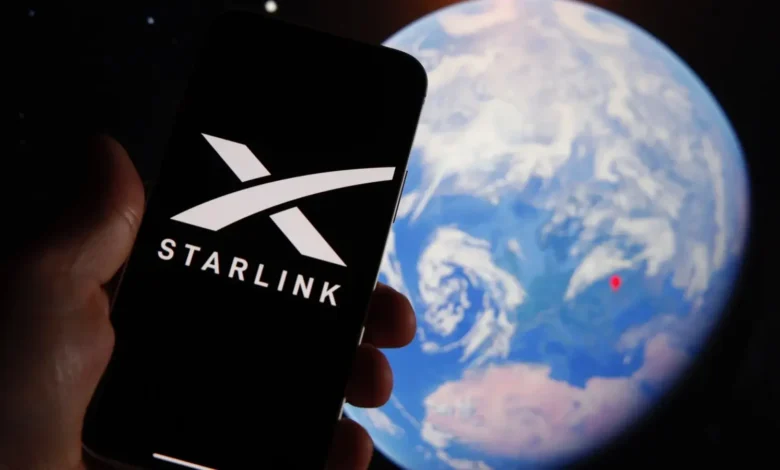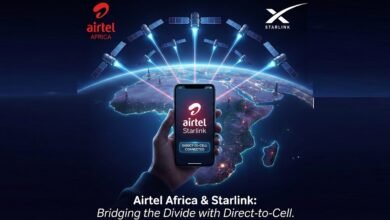
Kenya’s internet landscape is changing fast, and satellite connectivity is at the center of it. According to new data from the Communications Authority of Kenya, satellite internet subscriptions grew by 115.5% in the past year, rising from 8,325 in June 2024 to 17,939 by June 2025. Almost all of that growth came from one player, Starlink.
Starlink’s Big Entry into Kenya
By mid-2025, Starlink had already secured 17,425 fixed satellite subscriptions, translating to a 0.8% share of Kenya’s overall fixed internet market. While this figure may seem small compared to giants like Safaricom and Jamii Telecommunications, it is a major shift in how Kenyans connect to the web.
Starlink’s advantage lies in its low-earth-orbit satellite technology, which doesn’t rely on fiber or mobile towers. This makes it especially valuable for households and businesses in rural or remote regions, where laying fiber cables is expensive and often unfeasible.
Why Satellite is Good for Kenya
The uptake clearly highlights that there is demand for reliable internet in underserved areas. Kenya’s fixed internet subscriptions overall grew by 42.9% year-over-year to 2.14 million, with fiber still dominant. Yet, satellite internet is increasingly seen as a critical complement to fiber and mobile data.
Why More Satellites Matter
The SpaceX launches, like the September 28, 2025 mission that added 28 new Starlink satellites to orbit, are further strengthening this network. Each launch improves coverage and reliability, making the service more attractive to new users across Africa.
For Starlink customers, the increasing number of satellites is more than just a technological milestone—it directly translates into faster speeds, lower latency, and more consistent connections. Each new launch strengthens the network’s capacity to handle higher demand while minimizing service interruptions, especially in regions where weather or terrain can affect signals. As the constellation grows, rural and underserved users in Kenya will see tangible improvements in reliability, ensuring that essential online services—whether for learning, healthcare, or e-commerce—remain accessible even during peak usage hours.
Challenges and Opportunities Ahead
Affordability remains the biggest barrier. Starlink’s equipment and subscription costs are significantly higher than urban fiber packages, limiting adoption among lower-income households. Unless prices fall, uptake may remain concentrated among businesses, institutions, and wealthier rural households.
Still, Starlink’s entry has already begun reshaping competition. Its presence is pushing established Kenyan providers like Safaricom to cut fiber subscription prices by 25%, while rivals are also investing more aggressively in extending coverage beyond cities.
Competition typically drives prices down, which is always a win for customers, and Starlink is quickly emerging as a formidable rival. If costs fall and adoption grows, satellite internet could become a mainstream option alongside fiber and mobile, helping accelerate Kenya’s journey toward a more inclusive digital economy.







